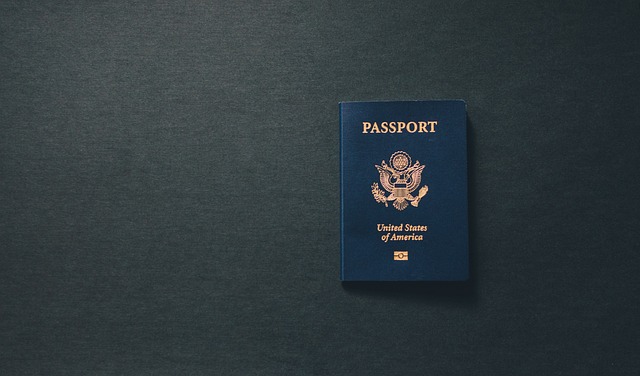The Journey to Dual Allegiance: Navigating Legal Complexities and Celebrating Identity

Embarking on the path to dual citizenship is a profound journey that intertwines legal intricacies with the celebration of personal identity.
This exploration will explore the understanding of dual citizenship, navigate the legal landscape surrounding it, reflect on the complexities that arise, and ultimately celebrate the richness of identity and cultural heritage.
Understanding Dual Citizenship
Dual citizenship, often called dual nationality, is the status of an individual being a citizen of two countries simultaneously.
It’s not a new concept, but it has gained increased relevance in our interconnected world. Individuals may acquire dual citizenship through various means, such as birth, marriage, or naturalization. Each country has its own rules, making the landscape complex and multifaceted.
Legal Landscape of Dual Citizenship
As we navigate the legal landscape, it becomes evident that regulations governing dual citizenship differ significantly worldwide. Some countries embrace it, recognizing the benefits of cultural diversity and global interconnectedness.
Others, however, may impose restrictions, raising questions about allegiance and national obligations.
Navigating the Legal Complexities
The decision to pursue dual citizenship is not a straightforward one. It involves a thorough understanding of the legal complexities that may arise. Here are some key considerations:
1. Dual Allegiance and National Obligations
One of the primary concerns revolves around the concept of dual allegiance. Questions arise: Can one be fully committed to two nations? What are the implications in times of conflict?
Navigating this territory requires carefully examining the legal obligations each country imposes on its citizens. Understanding the potential conflicts and finding a harmonious balance becomes crucial.
2. Legal Procedures and Documentation
The process of obtaining dual citizenship varies widely. Some countries have streamlined procedures, while others may involve extensive documentation and bureaucratic hurdles.
Navigating through these legal requirements demands patience and a meticulous approach. Seeking professional advice can be invaluable in ensuring a smooth journey.
3. Renunciation and Loss of Citizenship
In certain cases, acquiring dual citizenship may necessitate renouncing the citizenship of one’s original country. Emotional complexities often accompany this decision, as it involves letting go of a part of one’s identity. Understanding the implications and emotional toll is vital for those on this journey.
Celebrating Identity and Cultural Heritage
Amidst the legal complexities, it’s crucial to celebrate the richness that dual citizenship brings to one’s identity and cultural heritage. This section explores the positive aspects of embracing multiple citizenships:
1. Cultural Diversity and Enrichment
Dual citizenship provides a unique opportunity to immerse oneself in multiple cultures. The ability to navigate and appreciate diverse traditions, languages, and customs fosters a sense of global citizenship. It becomes a celebration of diversity rather than a conflict of loyalties.
2. Bridge-building and Global Connections
Individuals with dual citizenship often act as bridges between their two countries. This bridge-building role can contribute to fostering understanding and collaboration on an international scale.
It transforms the individual into a global citizen, fostering connections that transcend borders.
The Decision-Making Process
The journey to dual allegiance is deeply personal, involving a decision-making process that considers legal, emotional, and cultural aspects. Here are key points to ponder:
1. Reflecting on Personal Values and Belonging
Understanding one’s values and sense of belonging is fundamental. What does each citizenship mean on a personal level? How do they contribute to one’s identity? These introspective questions guide the decision-making process.
2. Family Considerations
For many, pursuing dual citizenship is intertwined with family considerations. How will it impact family members? Does it align with their values and aspirations? Open communication and shared decision-making within the family are crucial elements.
Advice for Those Considering Dual Citizenship
For those contemplating this intricate journey, here is some practical advice:
1. Seek Professional Guidance
Navigating the legal complexities of dual citizenship can be daunting. Seeking advice from legal professionals with expertise in immigration and citizenship matters can provide clarity and ensure compliance with all regulations.
2. Embrace the Journey
The decision to pursue dual citizenship is not just a legal process; it’s a transformative journey. Embrace the opportunities for personal growth, cultural enrichment, and global connections that come with holding dual allegiance.
Conclusion
In conclusion, the journey to dual citizenship is a nuanced exploration of identity, legality, and cultural celebration.
Navigating the complexities requires a thoughtful approach, and embracing the richness of multiple allegiances can lead to a more interconnected and enriched life.
As individuals embark on this journey, they contribute to the evolving tapestry of a world where cultural diversity is acknowledged and celebrated.





